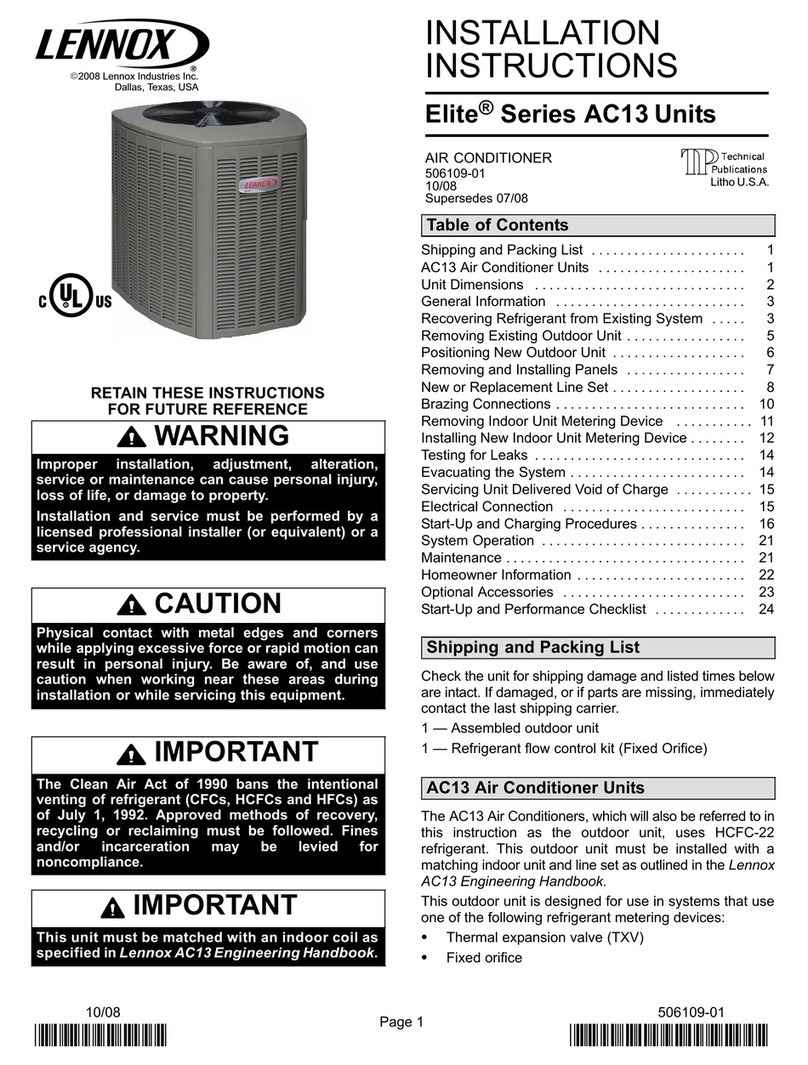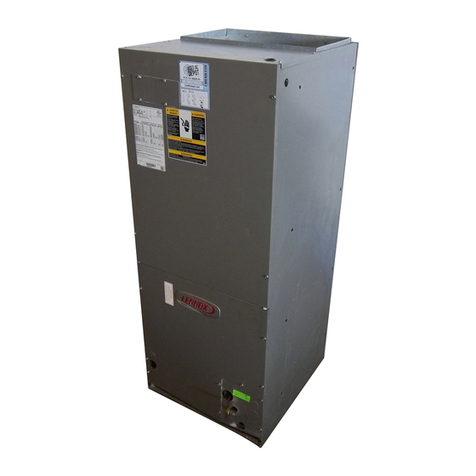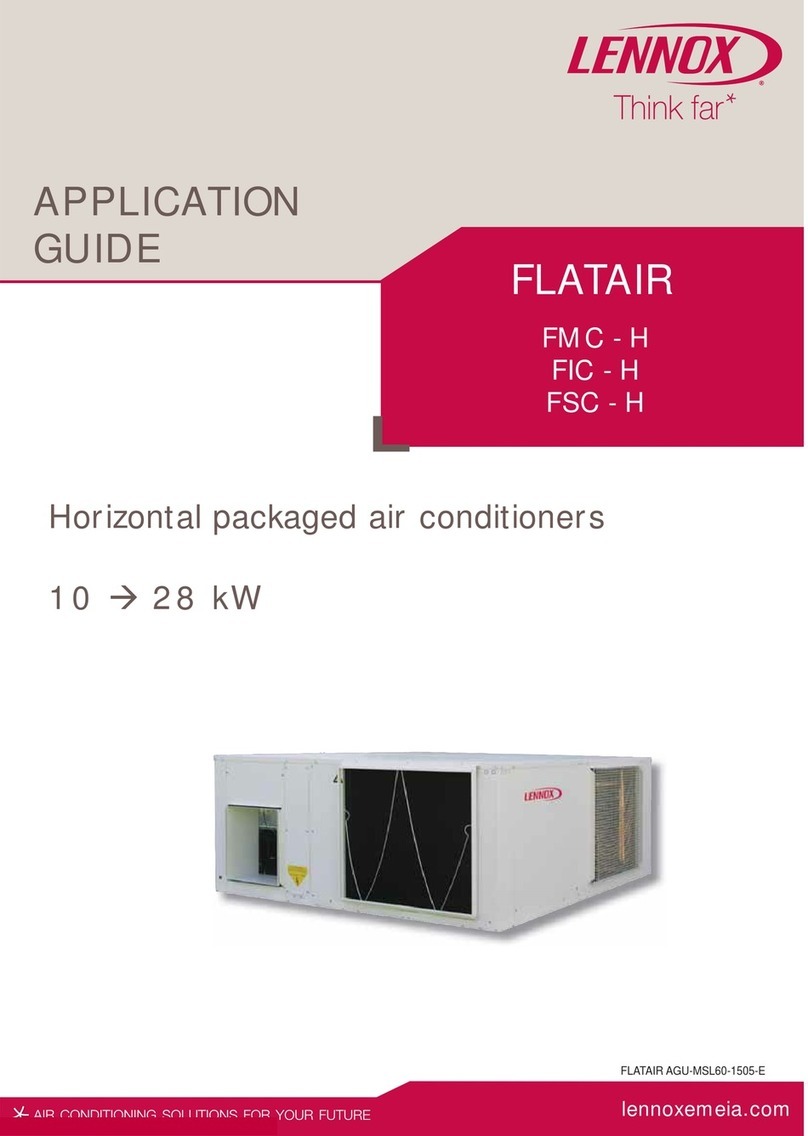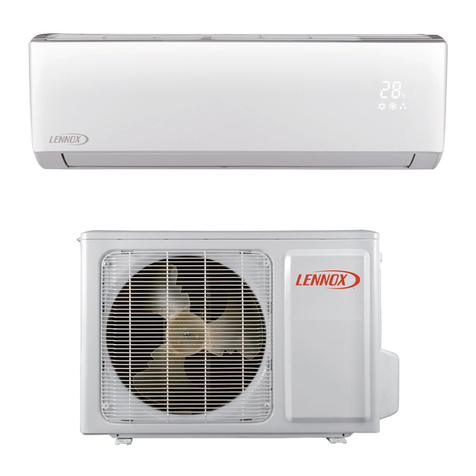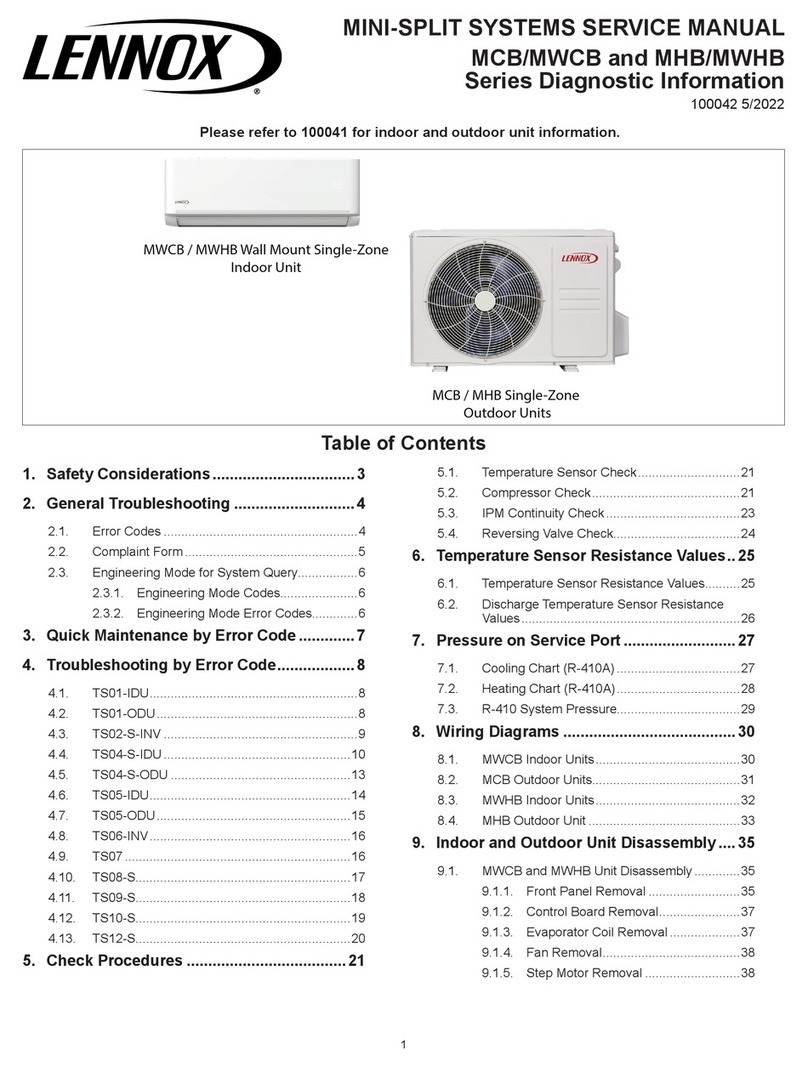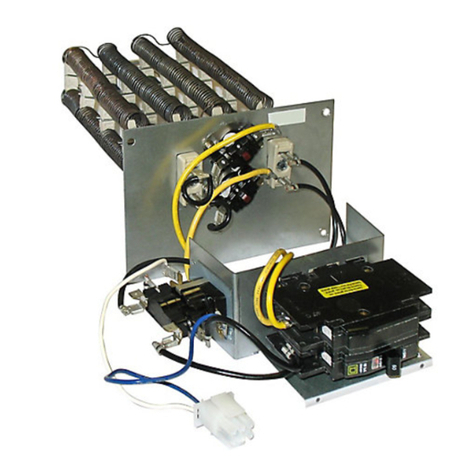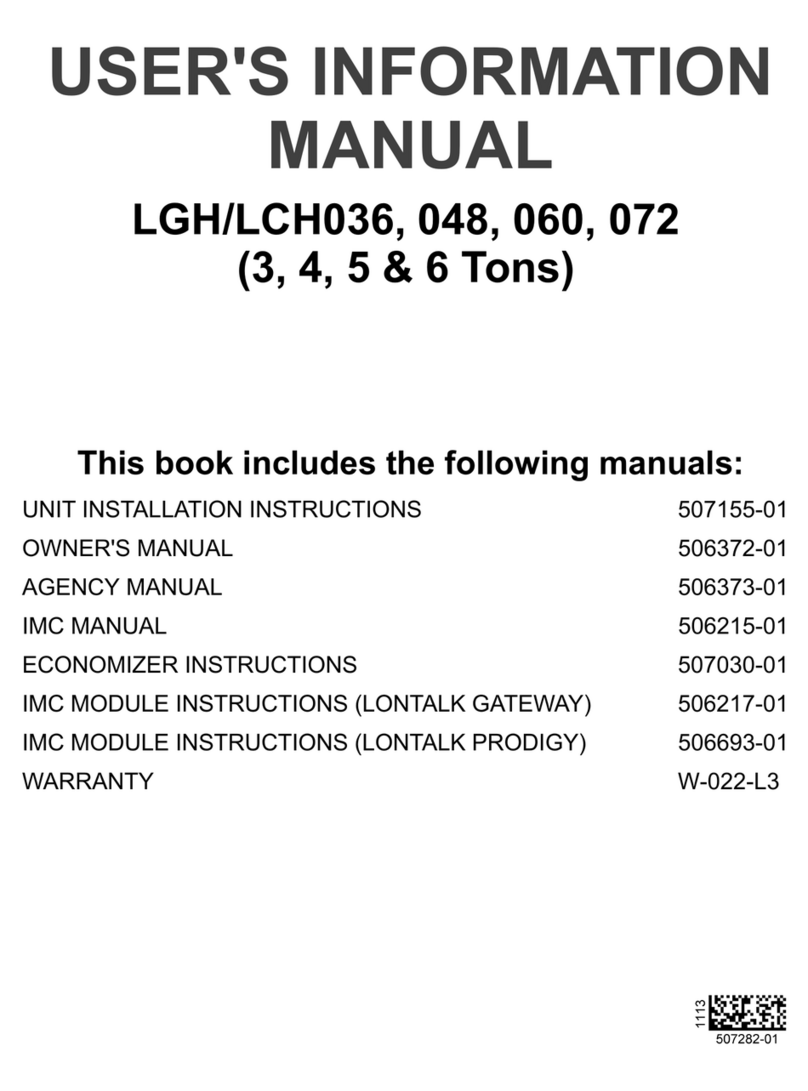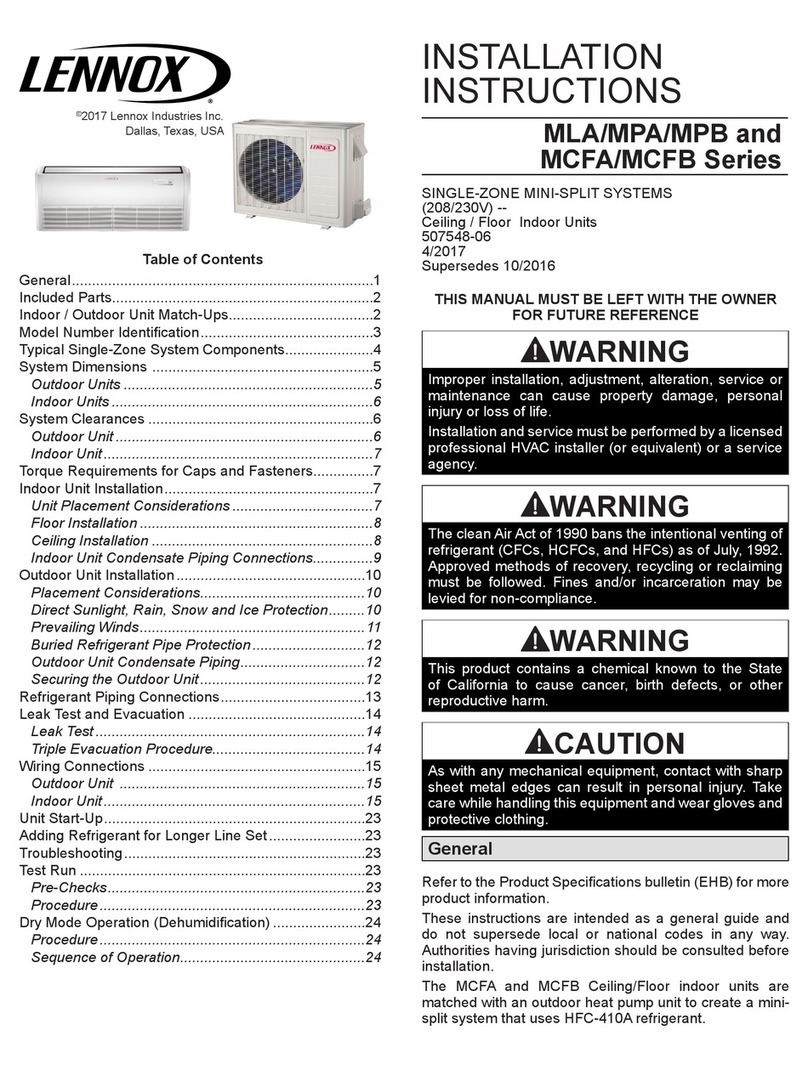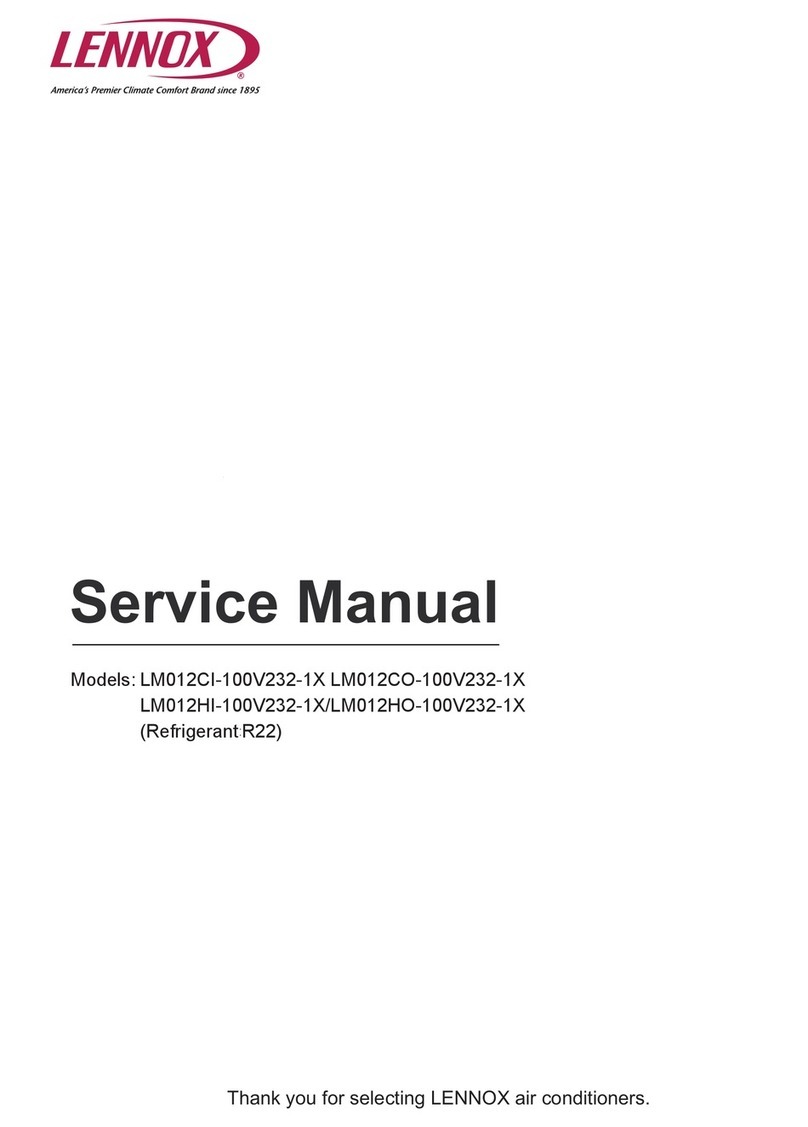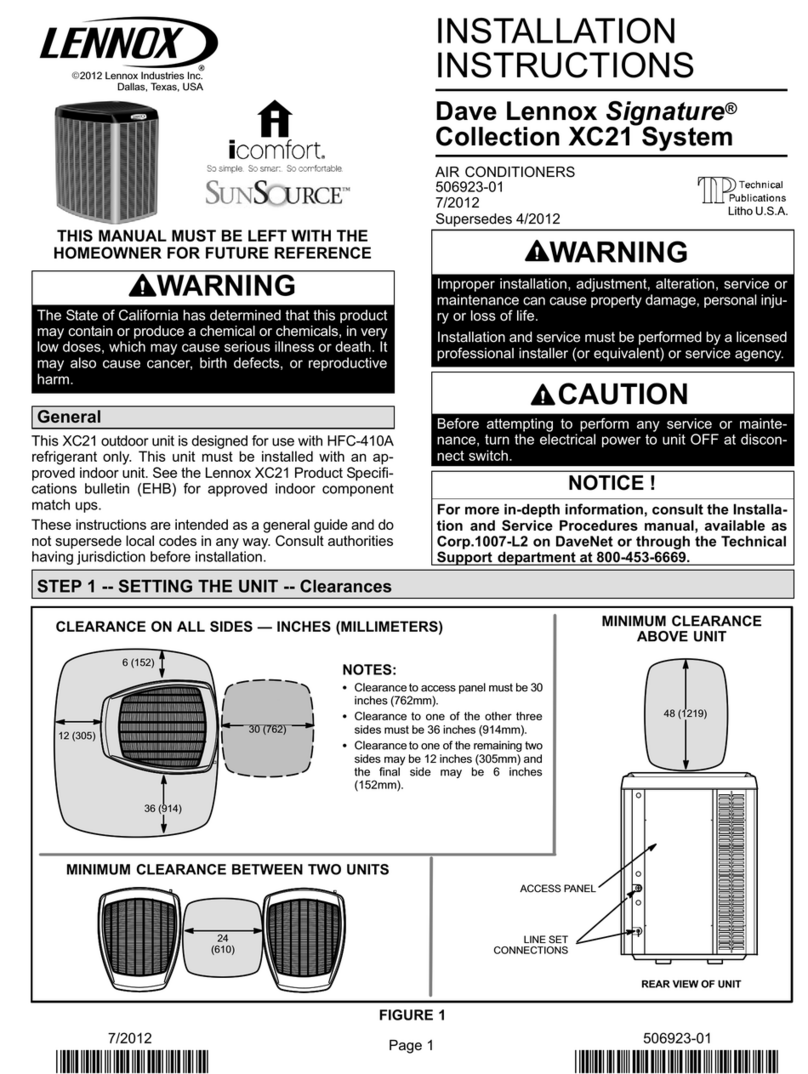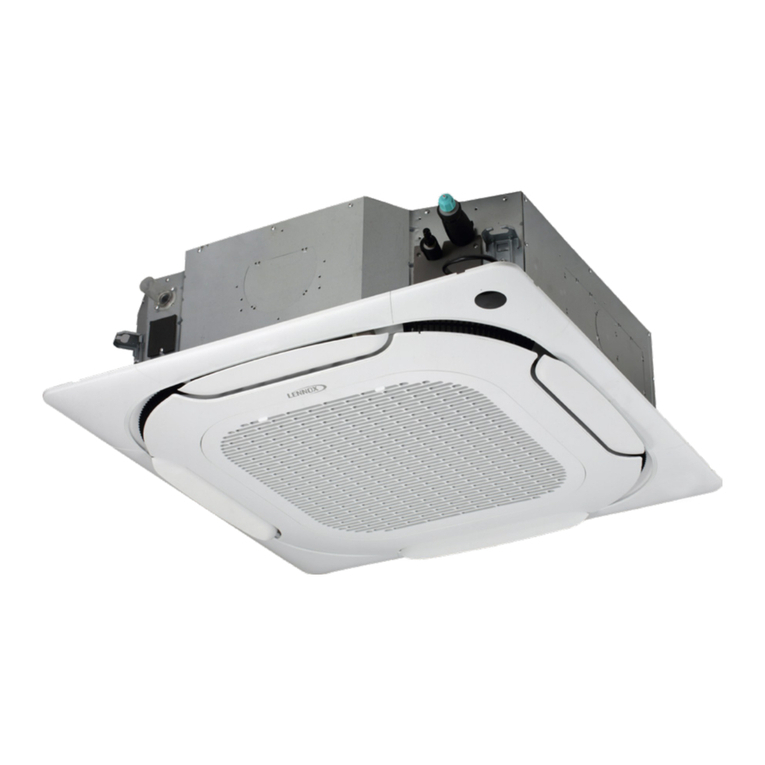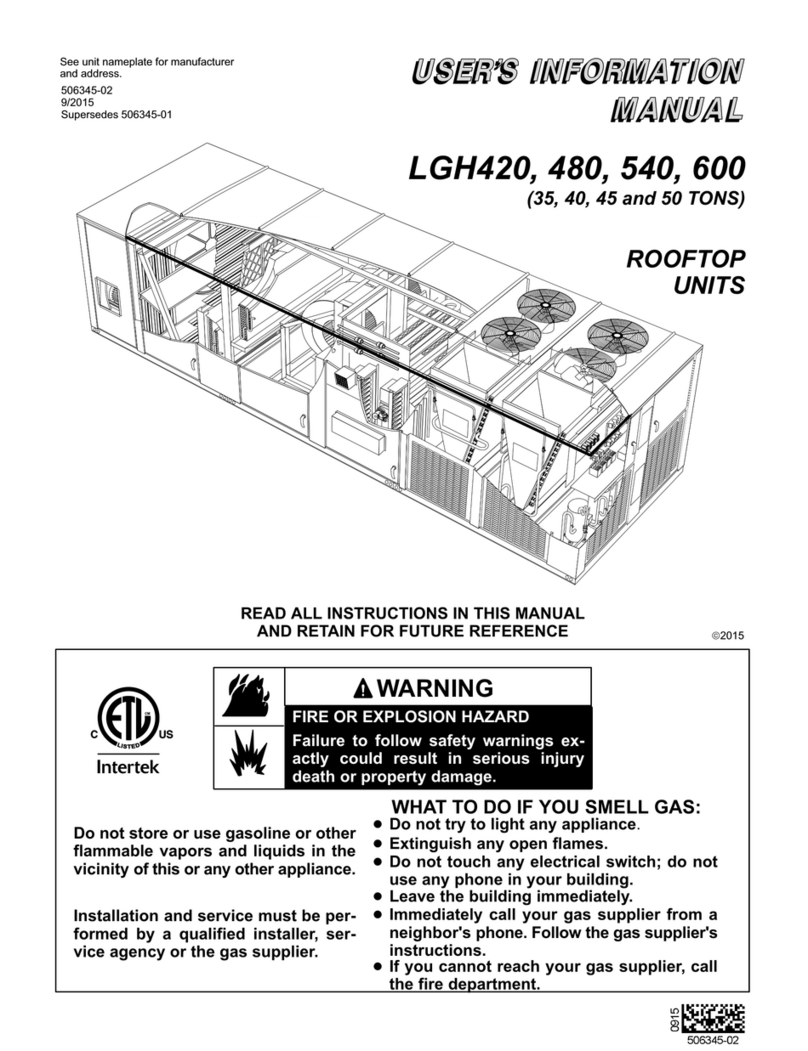
4
2.1.1 Heat
Like electrical energy, heat cannot be seen but produces
effects that we perceive with our senses.
In fact, when we heat a body (for example a pot full of water)
we can feel the increase in the temperature of the body. This
form of heat is called perceptible heat.
Heatcan also have other effectsona body. If we keep heating
the pot the temperature of the water in it will continue to rise
until it reaches a saturation temperature that depends on the
pressure applied to the pot.At normal atmospheric pressure,
the saturation temperature of water is 100°C, but if the
pressure on the pot is higher this value rises, as for example
in a pressure cooker where foods cook more rapidly because
the water in them boils at a much higher temperature than
100°C. The opposite occurs at low pressure as, for example,
at high altitudes where water boils at a much lower
temperature than 100°C.
The different in the saturation temperature depends on the
pressure and is common to all liquids.
Once it has reached the saturation temperature the liquid
starts to boil and its temperature remains constant. The heat
that causes the evaporation of a liquid is called latent heat.
After all the liquid has boiled, if we continue to apply heat,
the temperature of the steam increases and is superheated
absorbing more perceptible heat.
The same way, if we cool superheated steam (characterized,
therefore, by a temperature higher than that of saturation) it
releases perceptible heat until it reaches the saturation
temperature. When it reaches that temperature it starts to
condense, releasing latent heat to the medium cooling it until
it has all condensed. After the process of condensation, if
cooling continues, the temperature of the liquid falls below
the saturation value and the liquid releases perceptible heat
and is supercooled as a consequence.
The same thing happens if we heat a solid. Gradually, it
reaches a temperature at which it melts. After melting the
temperature of the liquid starts to rise. In this case too, the
phenomenonisreversible, as we can see from freezing water.
Figure 1 diagrams this process for water at atmospheric
pressure.
There are many units of measurement for measuring heat,
but the ones that can interest us in our discussion are:
- kilocalorie(kcal) that is the amount of heat needed to raise
the temperature of 1 kg of water from 15 to 16°C.;
- kilojoule (kJ) that is the amount of heat needed to raise the
temperature of 0.239 kg of water from 15 to 16°C. The kJ
is the unit of measurement of heat used by the SI system
whichis now also compulsory in Italy. One kcal corresponds
to4.187 kJ and therefore onekJ correspondsto 0,239kcal;
- the btu (still used today in anglosaxon countries) that
corresponds to 0,254 kcal (1 kcal therefore corresponds to
3,937btu) or 1,063 kJ (1 kJtherefore correspondsto 0,941
btu).
Heat flow is the amount of heat that transits in a unit of time
through a wall and can be measured in:
- kilocalories per hours (kcal/h);
- Watts(W) thatare simply J per second. OneW corresponds
to 0,86 kcal/h and therefore one kcal/h corresponds to 1,16
W;
- inbtu/h which corresponds to 0,254/h kcal (1 kcal/ therefore
correspond to 3,937 btu) or 0,29 W (1 W therefore
corresponds to 3,5 btu/h).
The last concept that concerns heat measurement is
enthalpy. Enthalpy serves to measure the amount of heat in
a kilogram of a specific substance starting from an arbitrary
zero point. The zero position of reference is unimportant
because more than enthalpy, what interests our calculations
for conditioning and cooling is always the difference of
enthalpy between an initial and a final state.
Enthalpy can be measured in:
-kcal/kg, that are the kilocalories contained in a kilogram of
a specific substance;
-kJ/kg, that are the kilojoules contained in a kilogram of a
specific substance. One kcal/kg corresponds to 4.187 kJ/
kg and therefore one kJ/kg corresponds to 0,239 kcal/kg;
-btu/pound, that are the btu contained in a pound of a
specific substance. One btu/pound corresponds to 0,559
kcal/kgand therefore one kcal/kg corresponds to1,788 btu/
pound. One btu/pound also corresponds to 2,34 kJ/kg and
therefore one kJ/kg corresponds to 0,427 btu/pound.
Measurement of the quantity of heat totally contained in a
body can be obtained by multiplying its enthalpy by its mass
(in kg or in pounds, according to cases).
2.1.2 Temperature
Temperature stands for the potential of heat. In other words,
the higher the temperature of a body, the higher the potential
of the heat that it contains.
A fundamental law of nature (and one that is confirmed to
experience every day by each of us) is that heat passes,
except in case of specific human action, only from bodies
at a higher temperature to bodies at a lower temperature.
To use a mechanical analogy, we can view the transfer of
heatlike the motion of aheavy bodythat, unlesswe intervene
by applying energy, will always move downward.
Both in the technical system in use until a short time ago and
inthenew SI system, temperature is measured on the Celsius
scale (also known as centigrade scale).
The Celsius temperature scale sets an arbitrary zero value
(0°C) at the temperature at which ice melts at atmospheric
pressure and the value of 100 degrees (100°C) at the boiling
point of water at the same pressure. One Celsius degree (°C)
therefore corresponds to one hundredth of the interval
between solidification and boiling of water at atmospheric
pressure.
In anglosaxon countries the temperature scale in use is the
Fig. 1
0
100
t
Somministrazione o
sottrazione di
calore sensibile
Somministrazione o
sottrazione di
calore latente
Somministrazione o
sottrazione di
calore sensibile
Riscaldamento
Sottoraffreddamento
Surriscaldamento
Desurriscaldamento
Ebollizione
Condensazione
Liquido
sottoraffreddato
Cambiamento
di stato
Vapore
surriscaldato
Undercooled
liquid Boiling
Addition or subtraction
of sensitive heat Addition or subtraction
of sensitive heat
Addition or subtraction
of latent heat
Condensation
State
change
Superheated
steam
Heating
Undercooling
Superheating
Desuperheating
